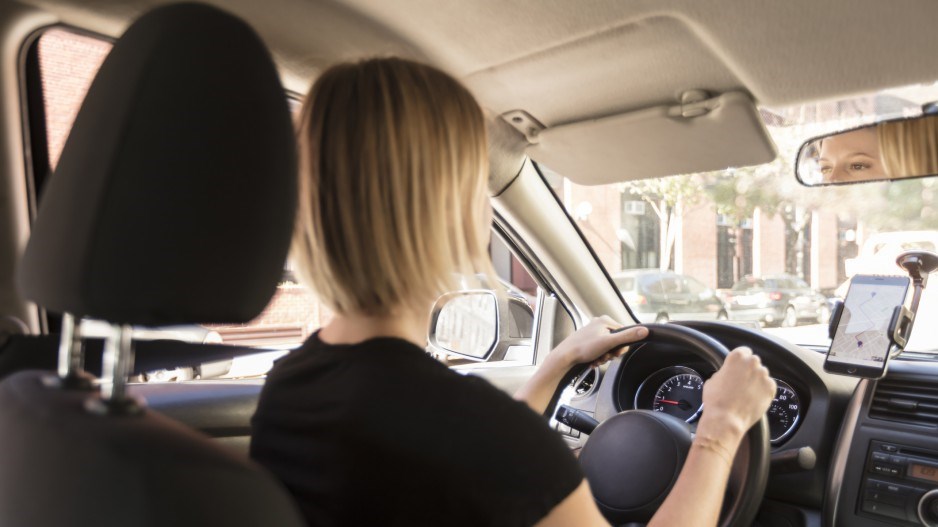Blinded to women’s realities, gig-working apps like Uber, Doordash and TaskRabbit leave workers at financial and personal risk, says a new study.
The study — co-authored by researchers from the University of British Columbia, the University of California and Carnegie Mellon University — conducted interviews with 20 gig workers in the U.S. and Canada, asking them about their unique experiences, how they think their gender identity affects how they work on the gig platforms, and how they cope with bias and harassment.
The researchers found gig-worker platforms don’t actively discriminate against gender, but instead, offer themselves up as “gender agnostic.” In reality, they found such platforms treat men’s experiences as the norm, making them “blind to women’s realities.”
One woman who has spent five years as an Uber driver told the researchers she had received little training to help navigate the job.
“They don’t teach you… [about] safe practices or best practices, nothing, absolutely nothing, so you wing it,” said the woman identified as Penny.
Women like Penny need a workplace policy to help them stand up for themselves when dealing with aggressive customers, said UBC computer science researcher Ning Ma, who recently presented the study’s findings in a video.
In these situations, Ma said women workers try to deescalate the situation by brushing off bad behaviour or playing along until the customer is gone.
“The lack of gendered-specific design leaves women vulnerable to bias and harassment when interacting with customers,” Ma added.
As another Uber driver named Jennifer put it, “…in certain situations, it’s just not worth standing up for yourself because if you do, and they give you a bad rating, it’s not like Uber reaches out to you to get clarification on the issue.”
From ride sharing and food delivery services to applications that offer home service tasks such as cleaning and handiwork, women make up about half of all gig workers in North America.
But just as in traditional workplaces — where women face gender pay-gaps, workplace harassment and lack of career-growth opportunities — the gig economy is stacked against women workers.
On platforms like TaskRabbit, the researchers say many customers who are women prefer a worker of the same gender to come to their house, but the platform does not allow users to filter in that way.
Another woman working as a “tasker” said the only thing that allowed her to feel comfortable working “six inches away from a man the entire time” was the fact that she had played rugby for several years.
“If I didn’t have the background I have, if I were a smaller woman, it would have been very uncomfortable,” she told the researchers.
Based on what they found, Ma and her colleagues recommended several solutions that could make women gig workers safer and more comfortable while on the job.
Those included creating safe spaces for women in public areas, and over the long-term, including more women in the designing of gig-work applications.




